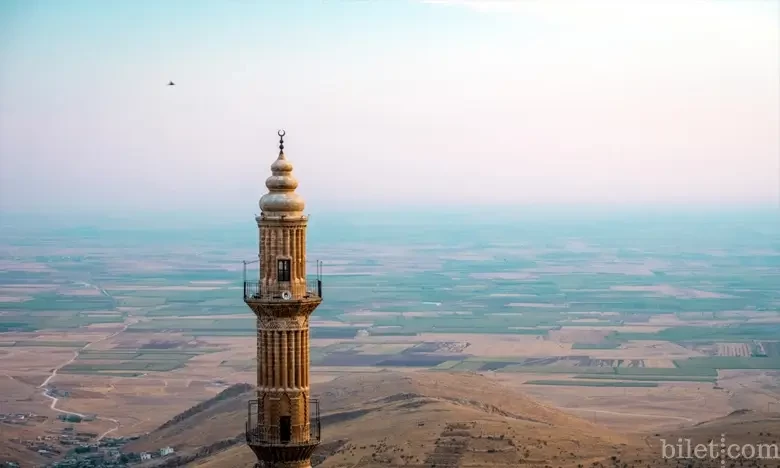Mardin is not just a city, it is also a fairy tale! This city overlooking the Mesopotamian Plain is like an open-air museum with its stone houses, churches and mosques. You will witness a different story at every step in Mardin, which bears the traces of different civilizations. It offers you a new story, a new discovery at every corner.
For those who come to Mardin for the first time, the city is in a fascinating chaos. So, where are those who want to get away from this chaos and discover the most beautiful corners of the city? In this article, we have prepared a list of places to visit in Mardin. While creating the list, we have highlighted not only the touristic attractions but also the points where local life and culture are intertwined.
Historical and Cultural Richness of Mardin
Mardin is a city that has hosted many civilizations throughout its thousands of years of history and is famous for its historical houses that display the most beautiful examples of stonework. As you walk through its narrow streets, you can hear the whispers of the past. Every stone, every door tells you a story. Mardin, which bears the traces of many different cultures from the Assyrians to the Romans, from the Byzantines to the Islamic civilizations, is like an open-air museum.
Mardin attracts attention not only with its historical and architectural texture but also with its rich culture. In this city where different religions and cultures live together, it is possible to see examples of tolerance and coexistence. Churches, mosques, synagogues and monasteries are located side by side.
Apart from its historical places, Mardin delights the palate with its cuisine, spicy and aromatic flavors. This cuisine, enriched by the influence of different cultures, is one of the most important features of the region. Tasting the dishes specific to Mardin will complete your discovery of the city.
So, what makes Mardin so special?
- History : Mardin is considered the cradle of civilizations. It bears the traces of many different cultures such as the Assyrians, Romans, Byzantines and Islamic civilizations.
- Culture: In Mardin, where different religions and cultures live together, tolerance and coexistence are at the forefront.
- Architecture: With its historical houses displaying the most beautiful examples of stonemasonry, narrow streets and high walls, Mardin is like an open-air museum.
- Gastronomy: Mardin cuisine delights the palate with its spicy and aromatic flavors. Enriched by the influence of different cultures, this cuisine is one of the most important characteristics of the region.
Visiting Mardin will be an unforgettable experience for those who want to delve into history, get to know different cultures and taste delicious food.
1.Zinciriye Madrasa
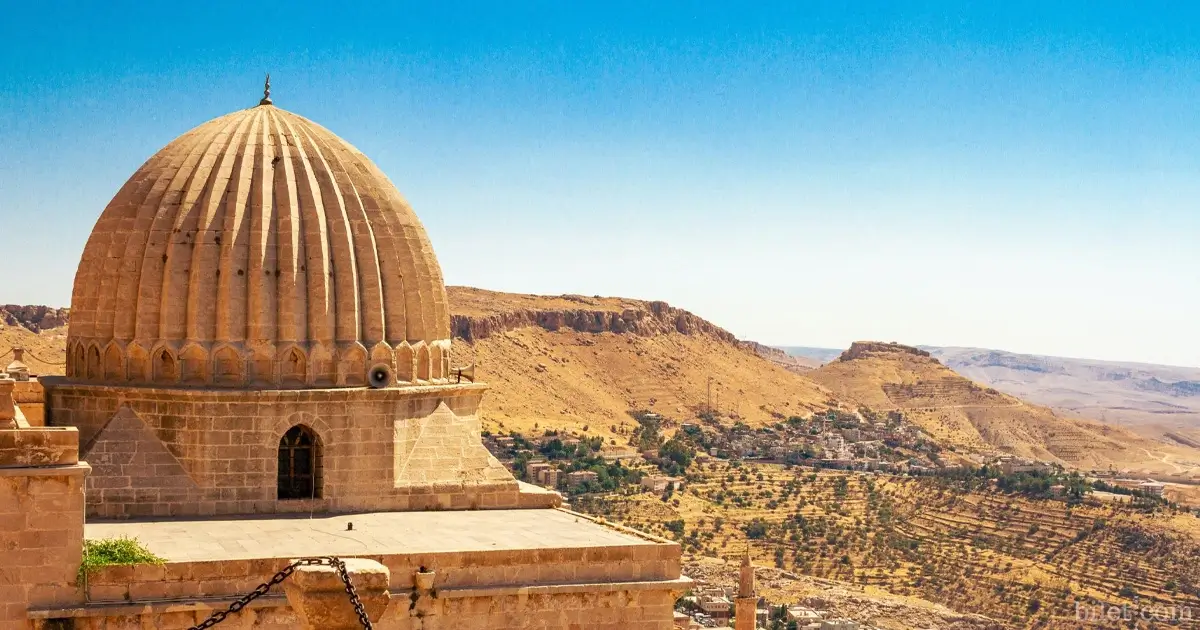
Zinciriye Madrasah, one of the leading touristic places in Mardin and one of the most striking examples of the city's historical texture, has an important place in the city's cultural heritage. Built in the 14th century by the Artuqid Sultan Melik Necmeddin İsa, this magnificent structure is more than just an educational institution, it is a work of art that reflects Mardin's rich history and architecture.
Located at one of the peaks of Mardin, the structure offers a visual feast to its visitors as it also acts as an observation terrace, with a magnificent view of the Mesopotamian Plain.
Its Place in Mardin's Cultural Heritage
- Meeting Point of Civilizations : Zinciriye Madrasa, as a structure bearing traces of Seljuk and Umayyad architecture, reveals the interaction of different civilizations.
- Center of Scientific Studies : The madrasah, which has made significant contributions to the scientific and cultural life of the region for centuries, has hosted many scholars.
- Symbol of the City: The madrasah, which has become one of the symbolic structures of Mardin, has an important role in the promotion of the city.
- Revival of Tourism : Zinciriye Madrasa is one of the most visited places by local and foreign tourists coming to Mardin.
Architectural Details
- Details of Stonework : The Madrasa is one of the most beautiful examples of Mardin stone being skillfully processed. It stands out with its cut stonework reflecting the elegance of typical Artuqid architecture. The geometric patterns and carvings on its facade reflect the artistic understanding of the period.
- Richness of Interior Spaces : The madrasah, which consists of sections such as the inner courtyard, iwans, rooms and mosque, has a rich interior layout. With its two intertwined courtyards, large classrooms and calming atmosphere, Zinciriye is a home of knowledge on the one hand and a place of serenity on the other.
- Dome System : Its dome and minaret are integrated with the stone architecture of the region and carry the aesthetic understanding of its period to the present day.
- Decorations : Decorations that have survived from the past to the present increase the aesthetic value of the madrasah.
The Story of Zinciriye Madrasa
There are different stories about where the name of the madrasah comes from. The most common of these is that during Timur's siege of Mardin, the chain between the minarets of the Ulu Mosque was hung between the domes of this madrasah. It is said that after this incident, the madrasah was named Zinciriye.
In conclusion, Zinciriye Madrasah is not just a structure, but also an important heritage piece that sheds light on the history, culture and art of Mardin. The madrasah, which is a great center of attraction for both locals and tourists, is one of our values that should be passed on to future generations.
2.Mardin Grand Mosque
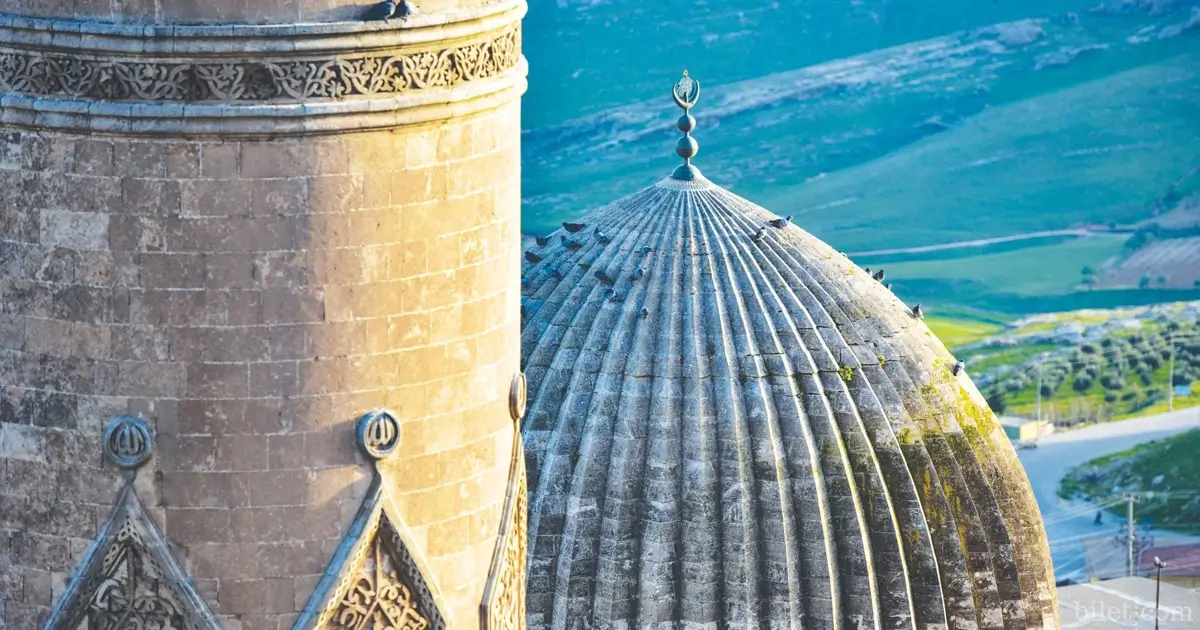
If you are wondering what to do in Mardin, like many other provinces in Turkey, visiting the city's religious sites will of course be one of the first answers given. Mardin Ulu Mosque is a historical structure of great importance not only for Turkey but for the entire Islamic world. One of the most beautiful examples of Artuqid period architecture, the mosque is both a religious place and a monument reflecting the cultural and historical richness of the region.
History of
Although there are different opinions on the exact date of construction of the Mardin Ulu Mosque, the generally accepted date is the end of the 12th century. The mosque was built by the Artuqid lords and was one of the most important places of worship in the region for centuries. Although the mosque underwent various repairs over time, its original architectural structure has been largely preserved.
Why Visit?
Mardin Grand Mosque is not only a religious structure but also an important part of human heritage. Visiting the mosque is a unique opportunity for anyone who wants to travel back in time, get to know different cultures and find inner peace.
In summary, Mardin Grand Mosque continues to fascinate its visitors with its historical, architectural and cultural richness. If you happen to be in Mardin, you should definitely visit this unique structure.
3.Kasimiye Madrasa
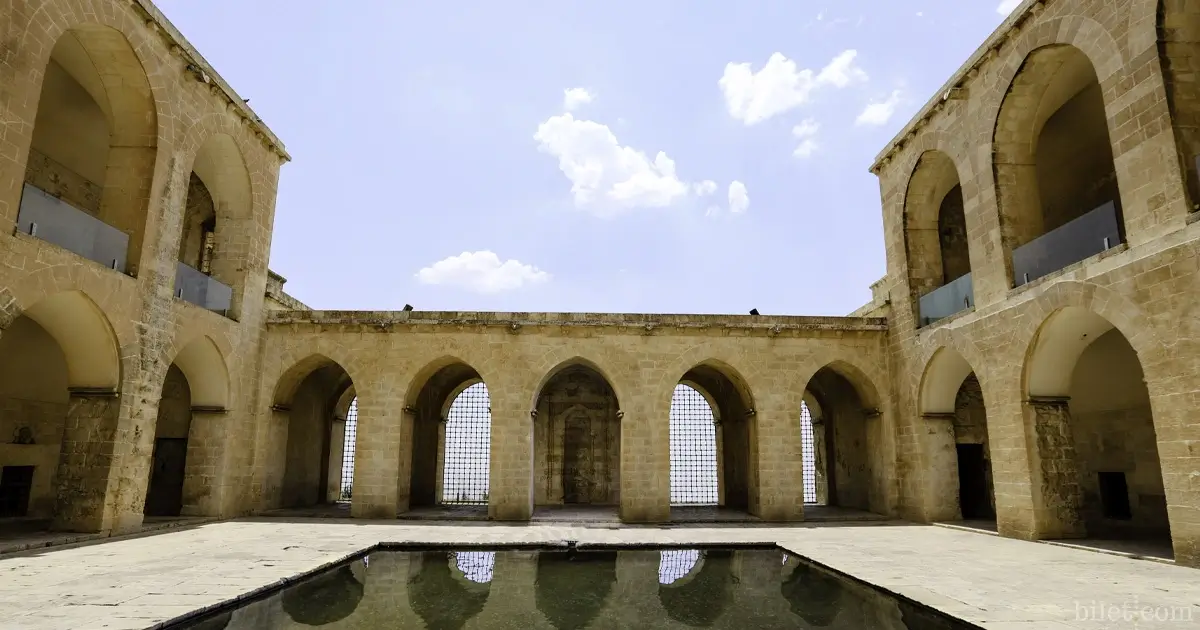
Kasımiye Madrasah is one of the most important historical and cultural heritages of Mardin. This magnificent structure is more than just an educational institution, it is a work of art that reflects the rich history and architecture of the city.
Historical Story
The construction of Kasımiye Madrasah began during the Artuqid Period, but was left unfinished due to the Mongol invasion. Completed in the 15th century by the Akkoyunlu Sultan Kasım İbn Cihangir, the madrasah became one of the most important centers of knowledge in the region from that period on. It is thought that the name of the madrasah comes from this sultan.
Kasımiye Madrasa was not only an educational institution but also a center that guided religious and social life. For years, it trained the most important scholars of the region and contributed to the spread of Islamic civilization.
Tourists' Favorite Spot
Today, Kasımiye Madrasah has become an indispensable stop for travelers who want to explore Mardin. Its large two-story structure, spacious courtyard and fine stonework attract great attention from visitors.
But what really makes the madrasah special is the endless view of the Mesopotamian Plain seen from its terrace. This view leaves deep impressions in the minds of visitors and further strengthens the historical atmosphere of Mardin. Anyone who wants to take a stroll through the pages of history will find both knowledge and peace here.
4.Mardin Museum
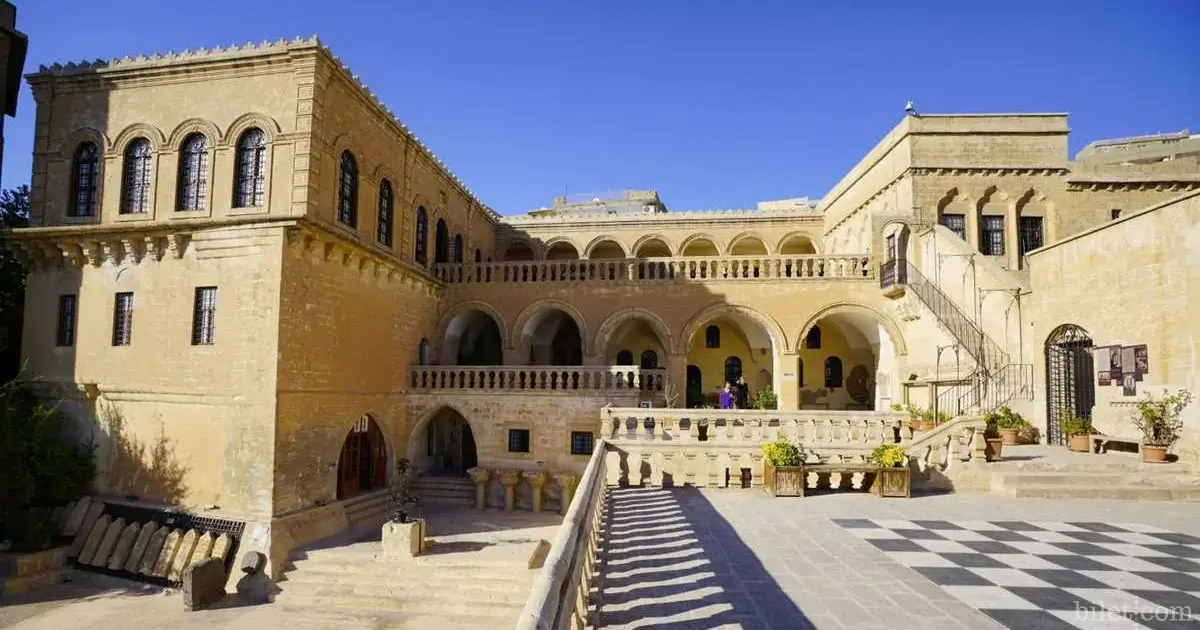
Mardin fascinates its visitors not only with its historical stone houses and churches but also with its rich archaeological past. Mardin Museum is one of the most important stops of the city that reveals this historical and cultural richness.
History and Structure of the Museum
Mardin Museum is located in a historical building built in the 19th century as the Syriac Catholic Patriarchate. This building, which was opened to visitors in 1995 as a museum, draws attention with its unique features reflecting the architectural texture of Mardin. The museum offers its visitors a journey through time by exhibiting the remains of many civilizations such as the Sumerians, Assyrians, Hittites, Persians, Romans and Ottomans who lived in the fertile lands of Mesopotamia.
Exhibited Works and Sections
The museum houses a large archaeological collection dating back thousands of years, obtained from excavations carried out in Mardin and its surroundings. Among these works are;
- Pottery and stone tools from the Neolithic Period
- Tablets and ornaments from Mesopotamian civilizations
- Statues and mosaics from the Roman and Byzantine periods
- Coins and religious objects from the Islamic period
- Local handicrafts and clothing
5. Dara Ancient City
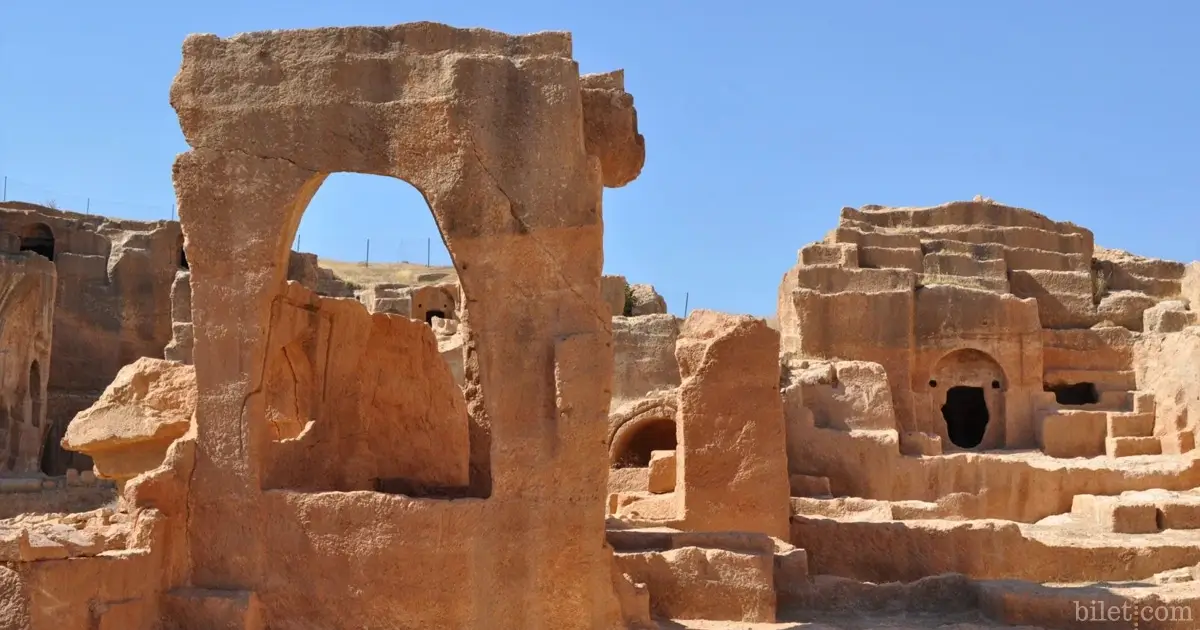
Mardin fascinates its visitors not only with its historical stone houses and churches, but also with its ancient cities with thousands of years of history. One of the most important of these, the Ancient City of Dara, offers visitors an unforgettable experience with its ruins from the Roman Empire period.
Historical Importance of Dara
Dara is a garrison city built by the Eastern Roman Emperor Anastasius in the 6th century for defensive purposes against the Sassanids. Dara quickly became an important center of the region thanks to its strategic location and also stood out as it was located on trade routes. The city hosted various civilizations for centuries and has carried the traces of these civilizations to the present day.
Ruins to be Seen in Dara
In the ancient city of Dara, visitors can see many ruins from the Roman period. These include:
- City walls: Dara's strong walls show how advanced the city's defense system was.
- Churches: There are many church ruins in the city. These churches are among the most beautiful examples of Byzantine architecture.
- Palaces: The ruins of palaces from the Roman period indicate that it was the administrative center of the city.
- Civil structures : Baths, bazaars and house ruins provide clues about the daily life of the city.
- Water system : Dara's advanced water system consists of canals, water tanks, and fountains built to meet the city's water needs.
6.Deyrulzafaran Monastery
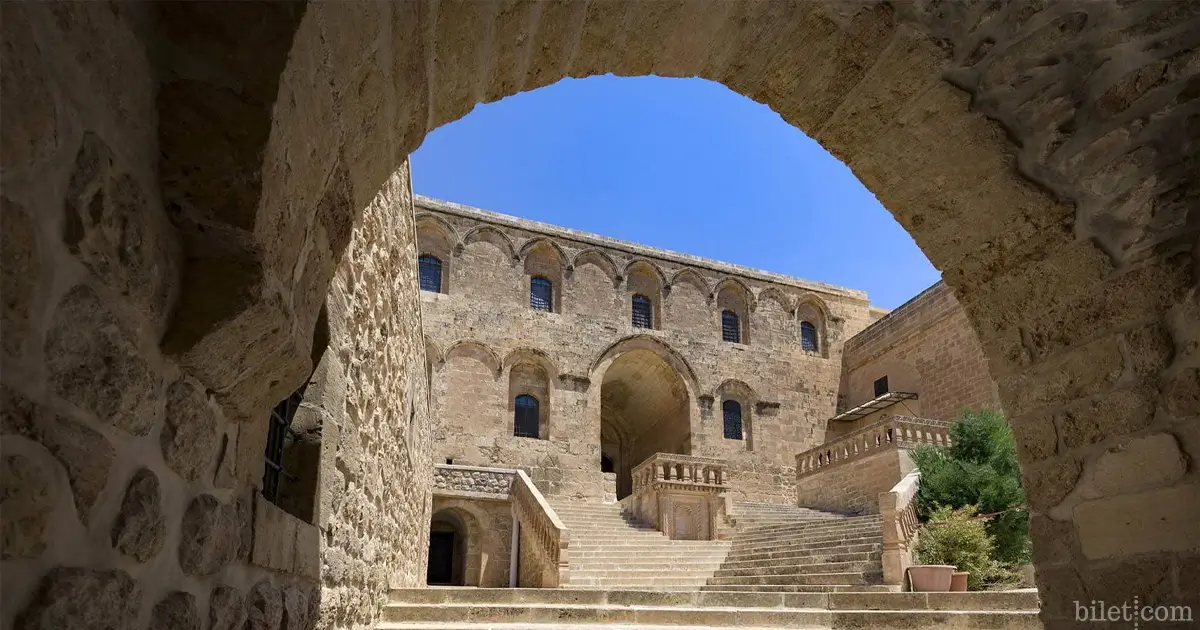
Deyrulzafaran Monastery, one of the most important religious and cultural structures of Mardin, has a history of 1600 years and is considered one of the holiest centers of the Syriac Orthodox Church in the world. Also known as the "Saffron Monastery", this structure takes its name from the saffron plant that grows in its surroundings.
Built in the 5th century, the monastery has been an important center for centuries, not only for spirituality, but also for education and science. The Syriac Orthodox Patriarchate was located in this monastery until 1932, making Deyrulzafaran one of the most influential religious centers in the region.
Historical and Mystical Architecture: Traces of Time
Deyrulzafaran Monastery is an impressive and mystical structure that bears the traces of different civilizations in terms of architecture. Built on an ancient sun temple, the monastery fascinates its visitors with its Byzantine-style domes, mosaic-decorated ceilings and massive stone columns.
The three churches within the monastery have hosted important rituals of Syriac Christianity and have been an educational center where countless priests have been trained throughout history. Especially the “Mor Hananyo Church” and the “Mor Yakup Chapel” are some of the most beautiful examples of Syriac architecture.
Spiritual Experience Offered to Visitors
Deyrulzafaran Monastery offers a unique experience for those who want to explore the depths of the Syriac Orthodox faith. The walls of the monastery are filled with chants and prayers that echo during religious ceremonies; this atmosphere allows visitors to feel a strong connection with the past.
In addition, the museum section of the monastery displays many valuable artifacts about Assyrian culture and history. Thanks to guided tours, visitors have the opportunity to better understand the history of this mystical structure and the religious events that took place here. Deyrulzafaran is not only a religious structure, but also a spiritual shelter and a cultural heritage point that contains deep traces of history.
7.Midyat Old City
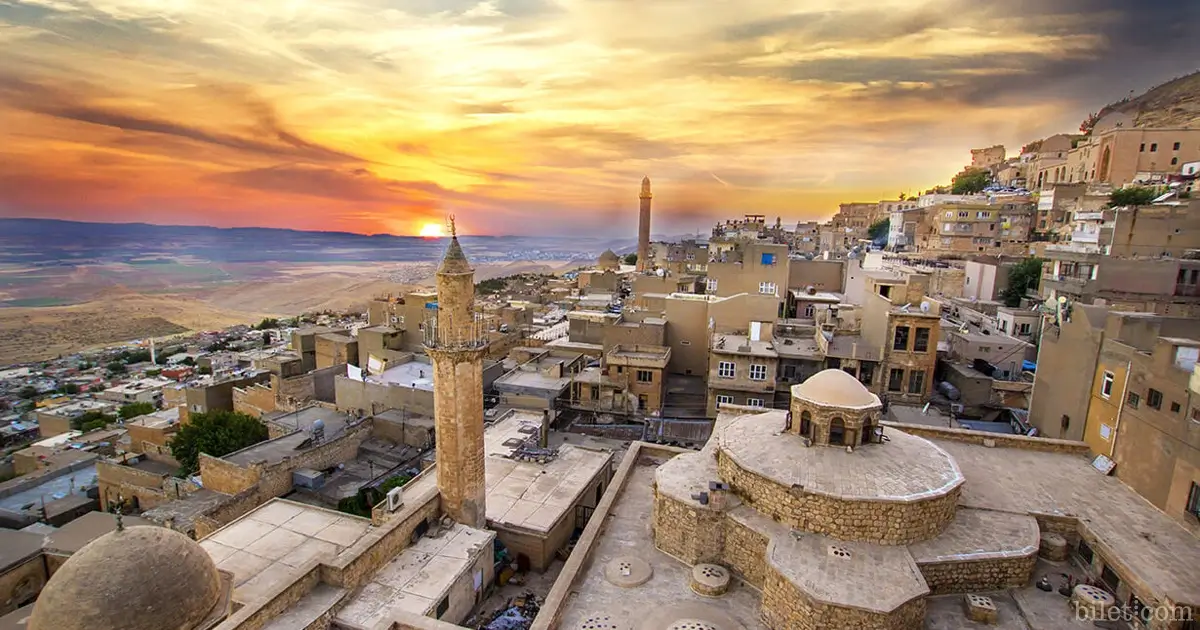
Midyat Old City is one of the most fascinating areas of Mardin, almost like an open-air museum for history and culture enthusiasts. Surrounded by historical stone structures on all four sides, this area bears the traces of both Syriac culture and Mardin's rich history. Midyat is particularly known for its elegant stonework; houses built of yellow limestone, narrow streets and historical buildings here make visitors feel the spirit of the past.
Features of Midyat Stone Houses
Midyat stone houses were built to suit the geographical and climatic conditions of the region. These houses, which were created by carefully stacking cut stones, keep the house cool in the summer and warm in the winter. The interior design of the houses is quite rich. Carved wooden doors and windows, colored glass, hand embroidery and wall decorations add a special beauty to the houses.
- Stonework : One of the most distinctive features of Midyat stone houses is the expertly crafted stones. Stones of different sizes and shapes are interlocked to form a durable structure.
- Narrow Streets : The streets are quite narrow because the houses are adjacent to each other. These narrow streets are ideal for cooling off in the summer heat.
- Courtyard System : The courtyards located in the middle of the houses were used both as living spaces and as areas for light and air intake.
- Decorations: The decorations on the interior and exterior of the houses reflect the artistic understanding of that period. Especially geometric patterns and plant motifs are frequently used.
Cultural Experience: Local Life and Traditions
Midyat Old City attracts attention not only with its historical structures but also with its local life and cultural activities. Visitors can explore many cultural elements from handmade products to traditional clothing by wandering around the local markets of the region. In particular, having the opportunity to taste the local cuisine further enriches the visitor's experience.
8.Mardin Castle
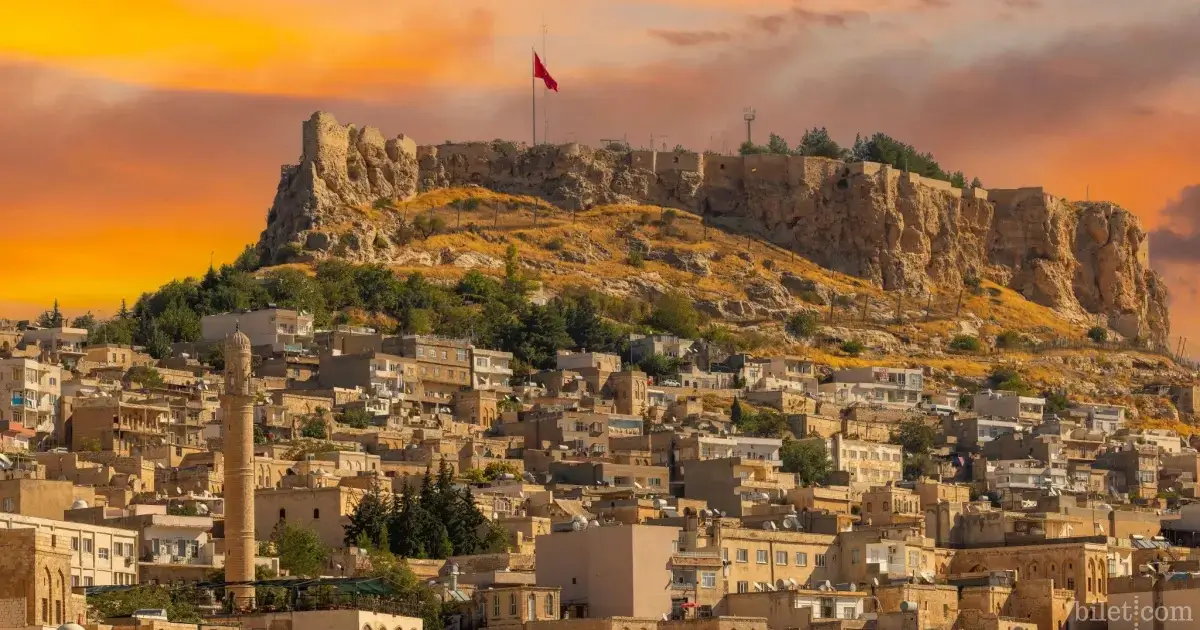
Mardin Castle is a magnificent structure overlooking the city and is one of the most important symbols of the region's historical richness. Located very close to the center of Mardin, this castle draws attention with its history thought to date back to 3000 BC.
The castle has been used by various civilizations throughout history and has had great importance as a strategic military base. In the past, Mardin Castle was strengthened by both the Byzantines and the Artuqids and in this respect, it was the center of wars and conquests in the region.
History of Mardin Castle
Although the exact date of construction of Mardin Castle is unknown, it is thought to have roots dating back to the Roman period. The castle has hosted many civilizations throughout history and has gained importance in every period due to its strategic location. It was significantly strengthened, especially during the Hamdanid period. The castle has been the political and military center of the region for centuries.
9.Şahkulubey Mansion
Şahkulubey Mansion is one of the structures that best reflects the historical texture of Mardin and draws attention with its architectural features belonging to the Ottoman period. Built in the 19th century, this mansion best represents the architectural style of the period. Its wide stone walls, high ceilings and large courtyard reveal the magnificence of mansion life. Traditional Mardin stonework is evident in the door and window frames, columns and interior decorations of the mansions. Its exterior is decorated with stones decorated with fine workmanship, designed to adapt to the climate of the region.
Historical and Cultural Ties
Şahkulubey Mansion is more than just an architectural work; it has become one of the centers of Mardin's social and cultural life. The rooms in the mansion have functioned as social areas where family members, guests and communities came together in the past.
In addition, the mansion draws attention with its relationship with other historical structures in Mardin. It has similar architectural features to other mansions in Mardin; this reveals the integrity and aesthetic value of the Ottoman-era architecture in the region. The interior structure of the mansion is equipped with large courtyards and dining halls reflecting the traditional lifestyle.
10.Mor Gabriel Monastery
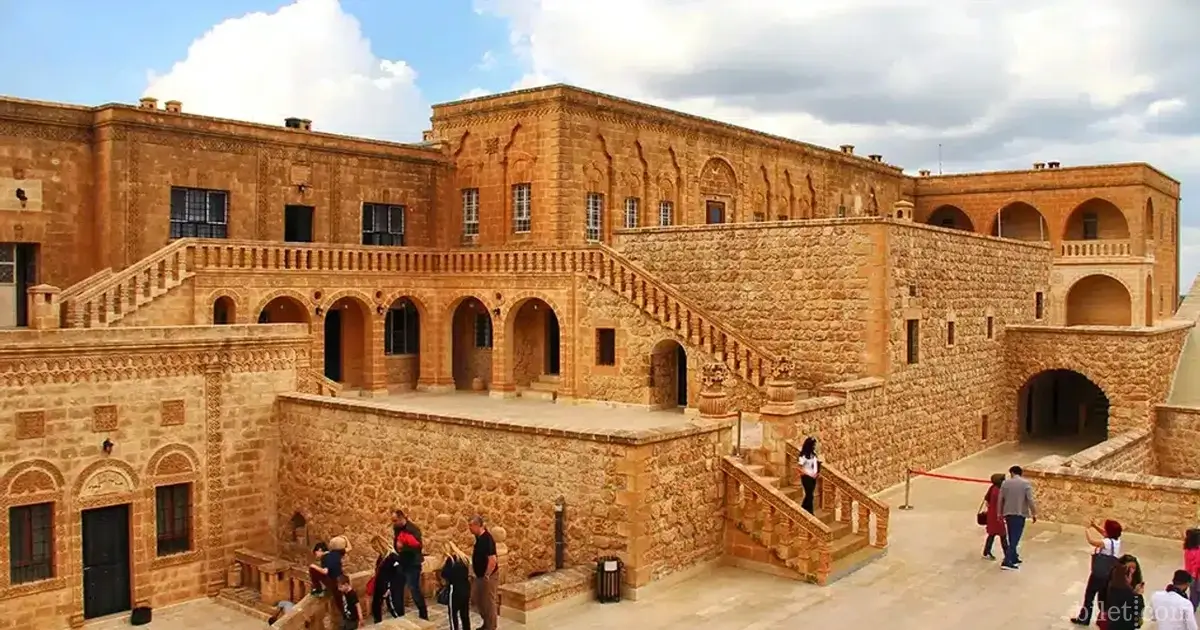
Mor Gabriel Monastery is located in the Midyat district of Mardin and is known as one of the oldest Syriac monasteries in the world. Founded in 397 AD by Mor Samuel, this monastery is one of the most important and historical centers of Syriac Christianity.
Although the monastery has been subject to various attacks over the centuries, it has managed to preserve its historical texture and faith. Over time, it has functioned as both a religious center and an educational institution. Mor Gabriel assumed the spiritual leadership of the Syriac community in the region and hosted the training of many famous Syriac theologians.
History and Importance
The foundations of the monastery were laid by Assyrian monks in the 4th century. Therefore, it is an important structure that bears witness to the early periods of Christianity. Mor Gabriel served not only as a religious center, but also as a place of education, library and shelter. Although it has been destroyed and rebuilt many times throughout history, it has preserved its deep-rooted history and identity.
Architectural Beauties: The Story of Stones
The monastery also draws attention with its impressive architecture. Mor Gabriel, which displays the most beautiful examples of traditional Syriac architecture, was built with yellow limestone. The interior of the monastery is adorned with carved stonework, beautiful frescoes and antique icons, offering a visual feast to its visitors. The monastery, which consists of four main sections, has various areas such as a library, church and priest's rooms.
